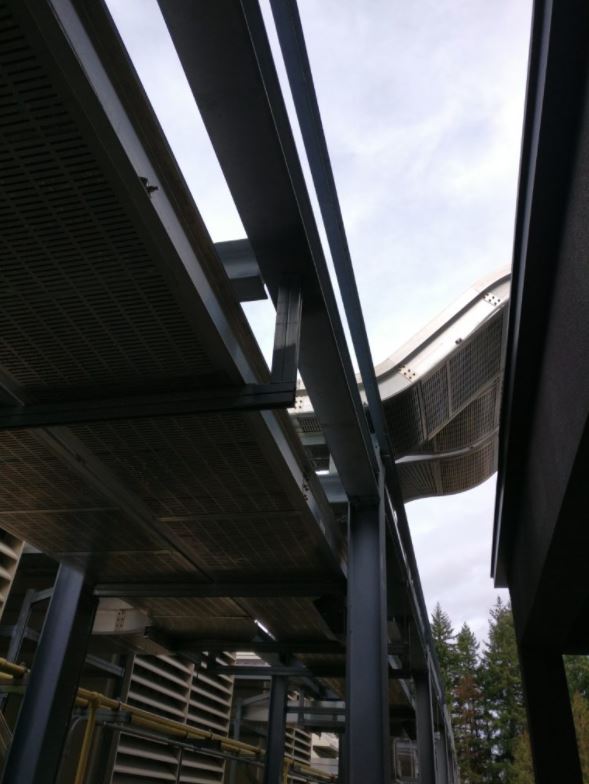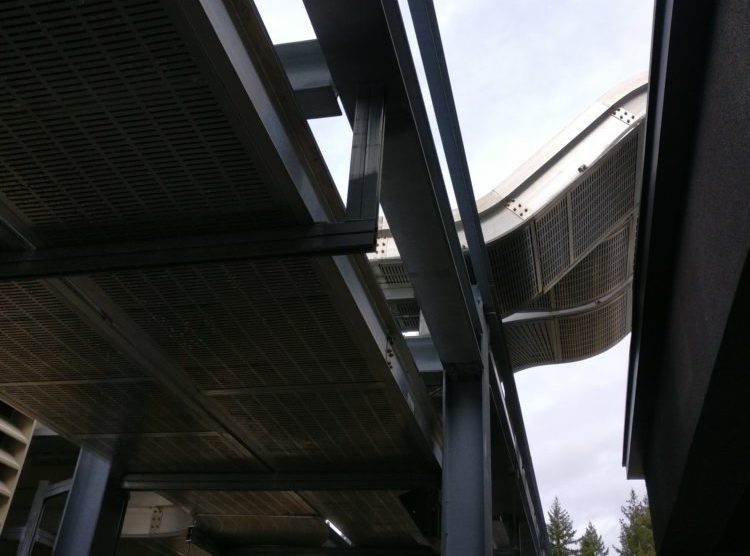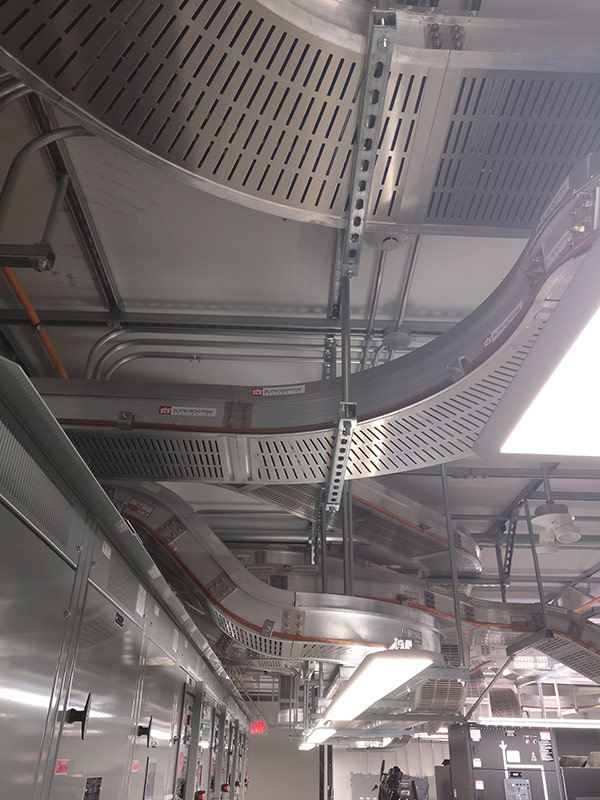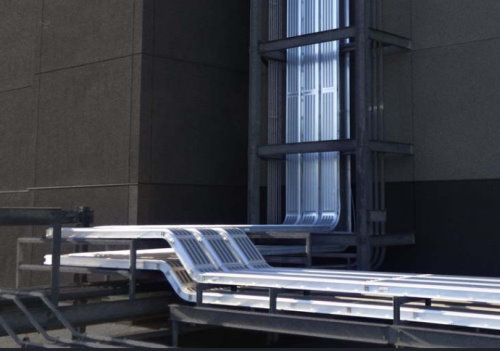
A busbar is a metallic strip that distributes local high electrical power. It is housed inside switchgear, panel board, and busway enclosures. The main purpose of a busbar is to collect electric power from feeders and transfer it to outgoing feeders. It collects electrical power in one station or location.
On the other hand, busbar protection is a plan aimed at protecting the busbar from any electrical faults. The protection scheme is mainly for a high electrical power system. Any interruption in this kind of system can cause a mechanical problem that will affect all feeders to the busbar. Usually, the busbar is left without any protection. They are assumed to be reliable, and if they had any protection, they might mal-operate and end up affecting the whole system. This article covers all the necessary information about busbar protection schemes, the best way to detect faults, and the way they operate.
How to Detect a Busbar Fault
Years ago, to detect a busbar fault, the clearance of the busbar fault was done by a time-delayed distance relay and an overcurrent relays.
This method resulted in a long extension of faults for a longer time. In the current time, however, with an increase in technology, there are high interconnected feeders each having different line sections of different lengths.
To maintain the system stability, and reduce fault damage due to high electrical faults, time-delayed tripping for busbar faults is not acceptable. Therefore, to detect a bus bar fault, it is easier to identify the fault within each unit form of the protection system or scheme.
Faults in a Busbar
Several faults might occur in a busbar. These faults include deterioration during installation of busbar material, failure in circuit breaker, foreign bodies that might have fallen on the busbar, mechanical damage caused by earthquakes, failure of support by insulator hence causing earth fault, and error during operation and maintenance, especially in switchgear.
In this article, we review What is Cable Bus? Superior Cable Bus Explained.
How Busbar Protection Works
Busbar protection schemes work in such a way that it incorporates differential relays. The relay might be either a high impedance differential relay or a low differential relay. High differential relay when used is also referred to as high impedance busbar protection. Same to as low deferential relay also known as low impedance busbar protection. The busbar protection must be stable, reliable, and fast.
The Most Common Methods Used In Protection Schemes
Back-Up Protection Scheme
It is the easiest and the simplest way of protecting busbar from any faults. Since the busbar is the one supplying to the system, it is obvious it might have some faults. So, backup protection is provided to the supply system. This kind of protection system has disadvantages for instance the protection system is usually slow. Its main purpose is to protect the transmission lines. However, for the advantages, it is economical hence its use in busbar protection.
Current Differential Protection
This type of protection has a guiding principle that states that the current that enters into the busbar should be equal to the one leaving. The total incoming and outgoing current should be equal to zero. If the total does not add up to zero, then there is a fault in the system. This method of protection is used in both the ground fault and the phase-to-phase fault.
Fault Bus Protection
Fault bus protection is a method of protection that insulates the bus structure and the switchgear from the ground connecting all the circuit breakers. It provides a single connection to the ground tank through a feeder known as CT that feeds an overcurrent relay. The overcurrent relay controls all the relays that trip all the breakers that are connected to the bus. Under normal conditions or operating status, the relay is usually not in operation. However, any fault that involves the connection between a conductor and the supporting structure will cause the flow of currents to the ground causing the relay to operate.
We cover Electrical Grids: What are Bus and Busbar? in this article.
Testing Busbar Protection
A current source is used to test for the busbar protection. It is used to test for the differential busbar relay.
The above information is a highlight of everything you need to know about busbar protection. From what causes the faults and the way it works. Furthermore, there are various methods used in busbar protection. The above list is just a few of them. With research, you can find other methods. Busbars are important as they enable a stable and fast supply of electric current flow. Without protection, consequences are bound to happen.




